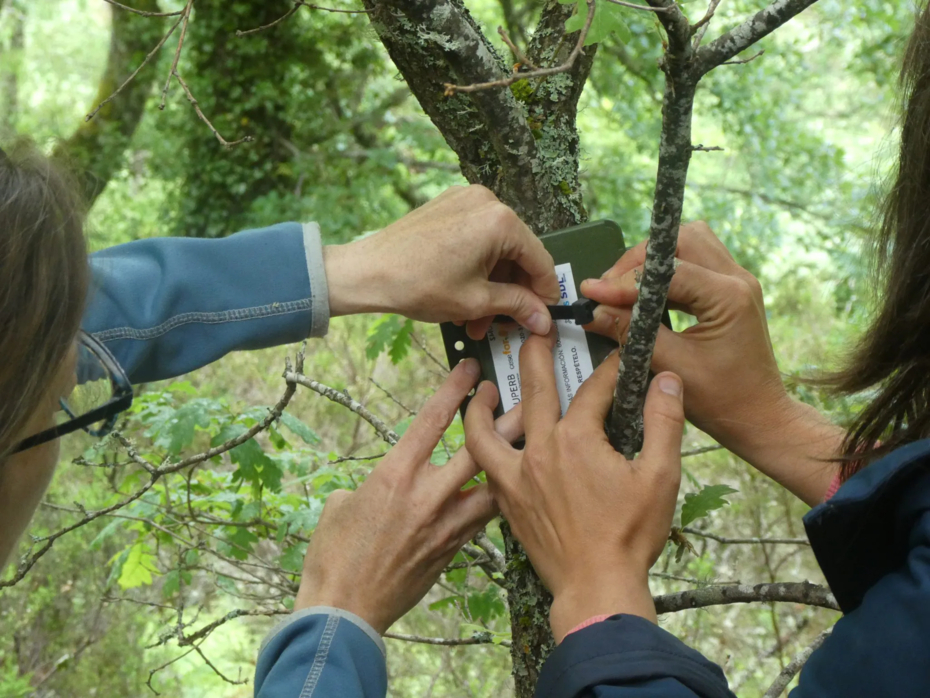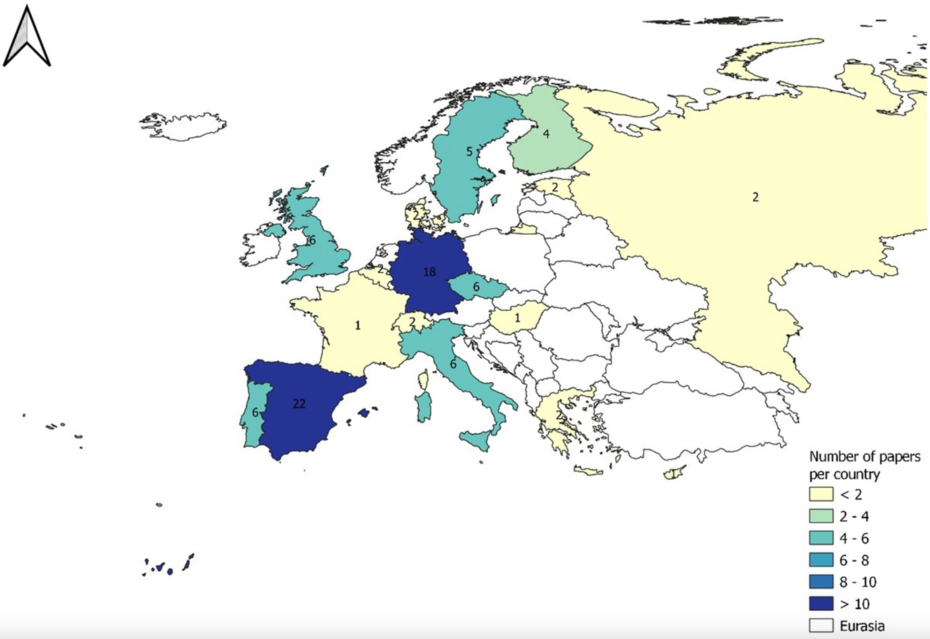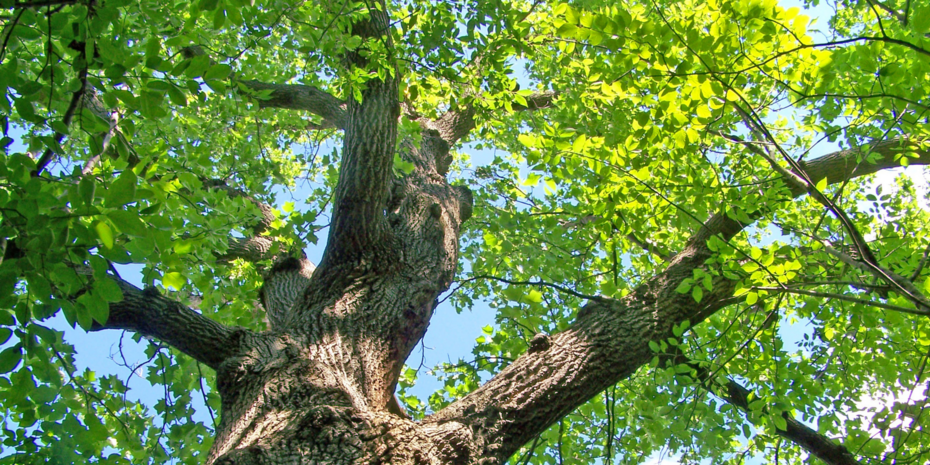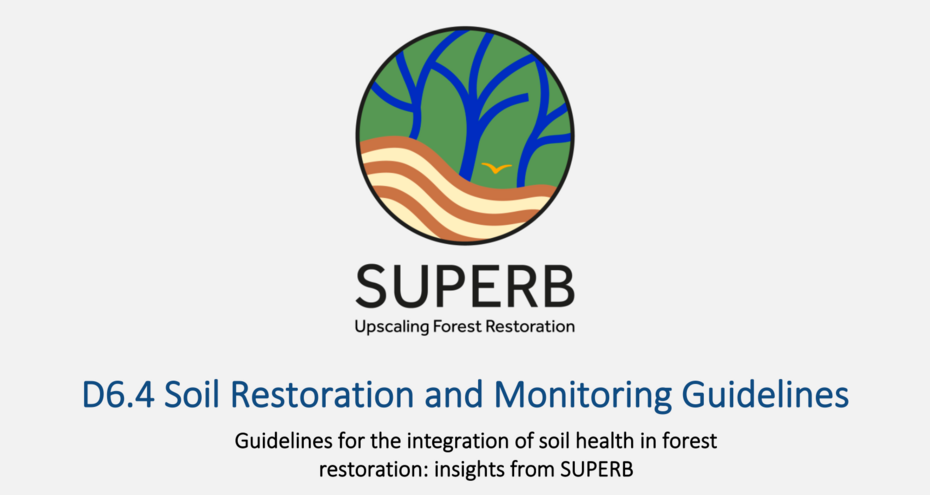
5.1 Monitoring and evaluation plan

Monitoring and evaluation focuses on progress and achievement of project objectives. . Good planning and design alone will not guarantee desired outcomes as discussed in Chapter 4, though relevant information on actions and outcomes is required to inform adaptative management and identify issues at an early phase. Therefore, indicators must be carefully identified for tracking progress. Some corrective actions may be required due to deficiencies in baseline assessments of site capability, but they are also increasingly important to capture change in external factors such as natural disturbances and climate variability. A well-designed monitoring system helps ensure that restoration is effective, measurable and accountable, which is key to attracting long-term support and investments.
Designing, implementing and summarizing the results of a monitoring plan involves considering and integrating a number of factors or steps. It is important to note that a monitoring plan should be designed in tandem with restoration goals and objectives and the budget available. And it needs to consider a time frame before and after the restoration to allow you to analyse its success and to achieve the desired restoration objectives. It should be established prior to the commencement of any restoration work. Irrespective of the nature of the restoration project, objectives should be explicit, measurable, and should have a designated time frame. A Reference Condition Model (RCM, Chapter 1.4) is key to showing that the level of restoration proposed (i.e., ecological processes, component/habitat, or species level of organization), and the expected timeframe for ecosystem recovery (i.e., short versus long term) can be clearly connected to the restoration objectives proposed.
It is well-documented that people have a bias toward optimism, meaning we overestimate the likelihood of positive outcomes. It is therefore hardly surprising that restoration plans often underestimate the time required for ecosystem recovery or attainment of specific response thresholds. While the true variability of outcomes is captured by the RCM, for some indicators there may be only a little evidence of progress over many years. Therefore monitoring plans should identify and measure a variety of response indicators at appropriate levels of organization, and over realistic timeframes. If restoration is focused on the establishment of an ecosystem process (e.g. physical alteration to standing canopy structure), the change in the environmental conditions may be measurable as soon as the work is complete. However, the “trickle-down effect” to finer levels of organization (i.e., component/habitat and species) may take many years. In places where restoration focuses on repairing the habitat of a particular species at risk, a plan would be to monitor the use of the restored habitat by the species over the longer term, acknowledging that there may be some delay between habitat recovery and species re-occupancy. Other important response variables for the species should also be monitored in the short term.
Related resources
Forest fires, field recorders, and four females
A team of four women from Land Life Company and CESEFOR worked in Spain’s SUPERB demo to collect and redeploy field recorders in wildfire-affected forests. They monitored birds and bats to assess recovery, witnessing nature’s resilience over decades. Their work blends science and field challenges, breaking stereotypes about women working in rugged forest restoration situations.
How to measure outcomes in forest restoration?
Scientific paper which analyzes 95 ecological restoration projects in Europe and identifies 84 indicators used to assess their success. It highlights five common metrics (abundance, cover, density, Ellenberg index, and richness) and emphasizes the need for harmonized indicators to evaluate restoration effectiveness, particularly under climate change. Useful for improving the planning and assessment of restoration initiatives.
- Active Restoration
- Monitoring & Projecting
- Passive Forest Restoration
- Landowners & Practitioners
- Planners & Implementers
- Policy Actors
- Afforestation, reforestation
- Non-timber products
- Restoration after direct human impact
- Restoration after natural disturbances
- Soil health
- Structural diversity
- Tree species/functional diversity
- Wood and biomass production
- Continental
- Mediterranean
- Austria
- Belgium
- Finland
- Germany
- Italy
- Portugal
- Russia
- Spain
- Switzerland
- United Kingdom
Monitoring & Evaluation of Tree Plantings
Monitoring tree planting tracks survival, growth, and quality to ensure that forest restoration is successful. Field teams should use clear protocols and apps to spot issues early, trigger replanting if needed, and collect data e.g. for carbon credits. This report explains how to plan, run, and report monitoring campaigns to improve outcomes of forest restoration and meet stakeholder needs.
Soil Restoration and Monitoring Guidelines
Forests are essential ecosystems, covering approximately 35% of Europe’s land area. They harbour a significant share of Europe’s terrestrial biodiversity and provide a wide range of ecosystem services critical to European citizens. However, forests across Europe are increasingly threatened by various forms of degradation, driven by multiple, often anthropogenic factors.
Heureka Forest Decision Support System
The Heureka system is a forest decision support system developed at SLU which allow users to conduct long-term future analyses of Swedish forests and forestry.







